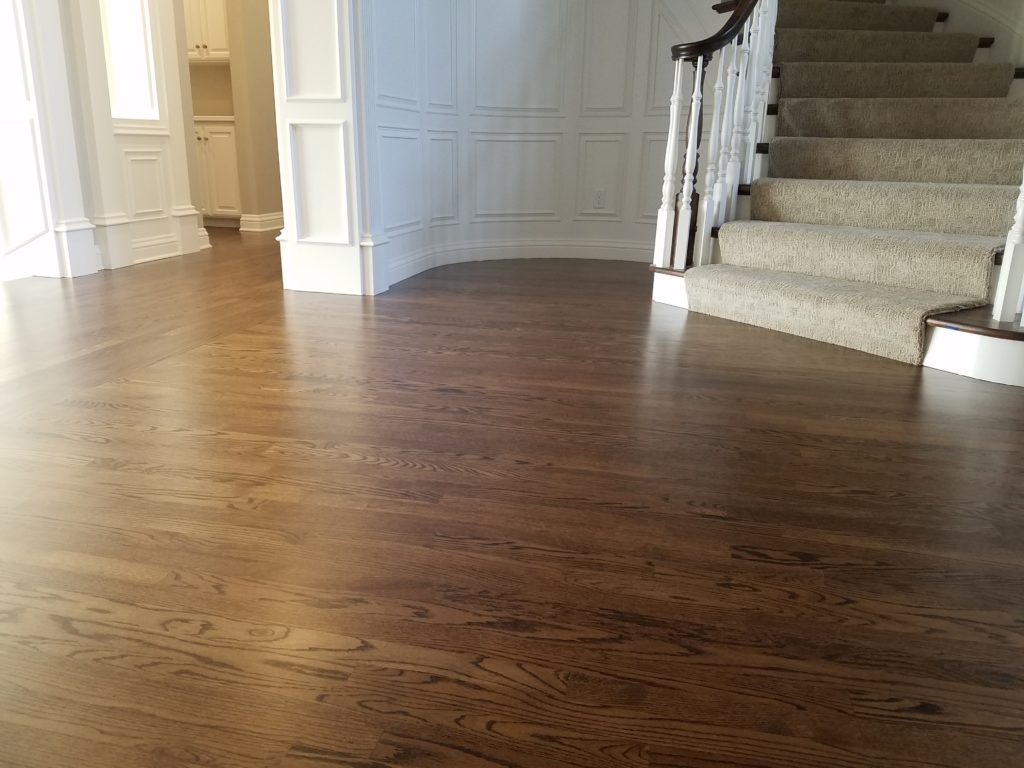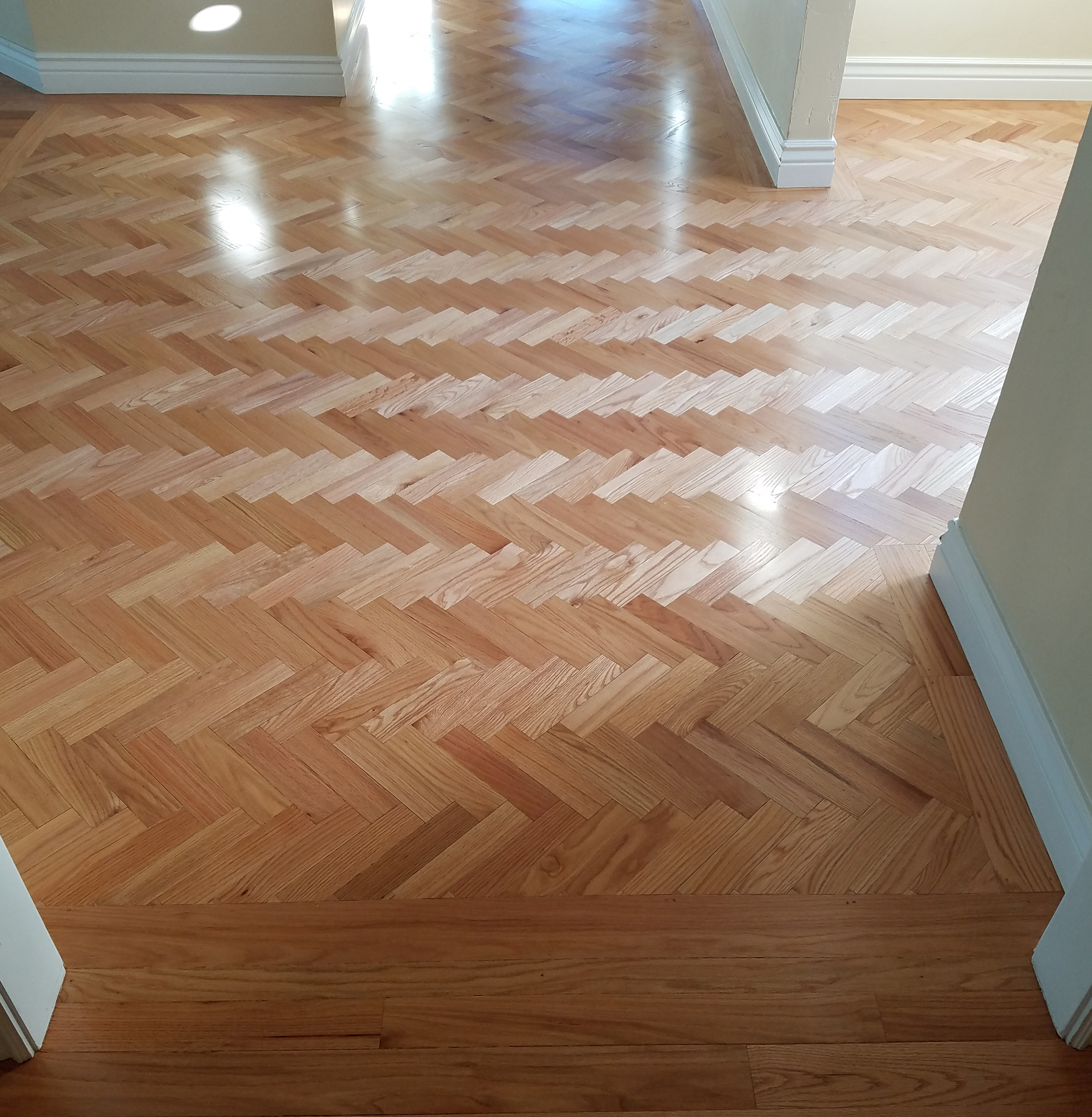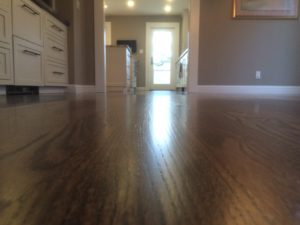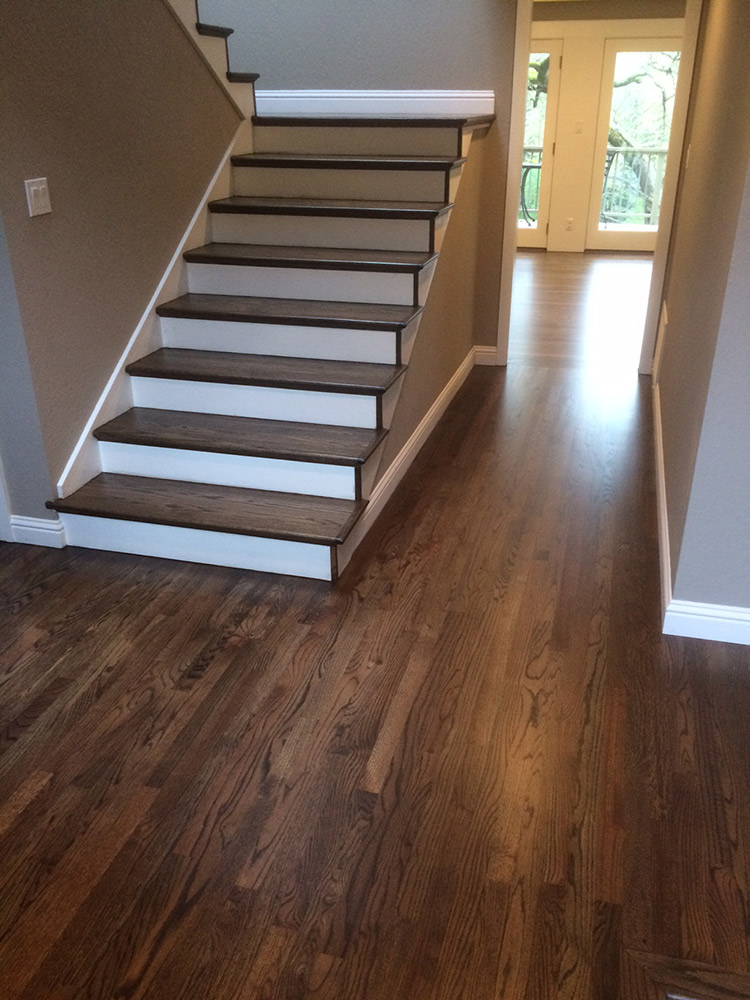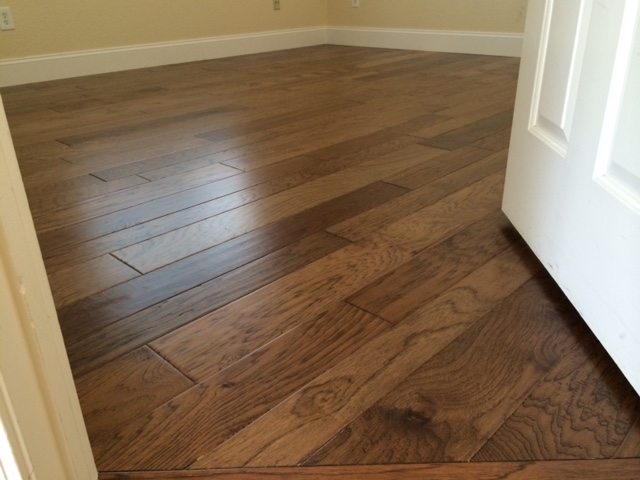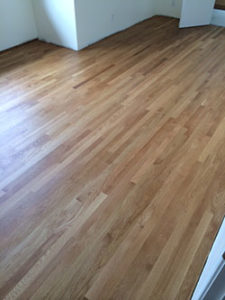Top Three Mistakes Consumers Make When Hiring a Floor Contractor
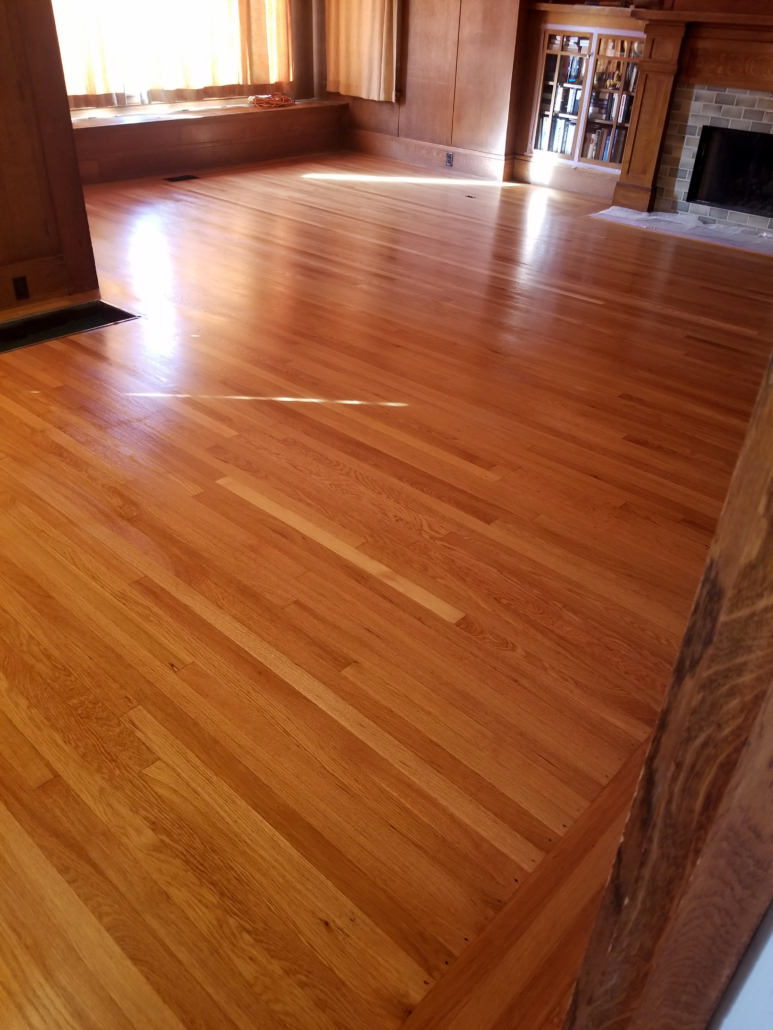 When hiring someone to refinish your wood floors, or to install new hardwood floors there are many things you should do and don’t. From asking the right questions to checking the experience and quality of the company, this process of interviewing and hiring can be long and agonizing.
When hiring someone to refinish your wood floors, or to install new hardwood floors there are many things you should do and don’t. From asking the right questions to checking the experience and quality of the company, this process of interviewing and hiring can be long and agonizing.
Here are my top three mistakes most of us do in the process of hiring a floor contractor. It could be for a refinish and repairs, or installation of new wood floors. The mistakes cover both avenues, and are mainly things I see here in the Bay Area, CA.
- Calculating a price by the square foot:
A lot of consumers get stuck on this. Understand that this price per square foot didn’t come from contractors, it was created by someone along the way to put a price tag on something that isn’t a product – it’s a service. Professionals give you a quote for the work you ask them to do. They calculate in their quote things from payroll expenses to how much filler they need to use on your floor. A professional cannot simply take a number like $4 and multiply it by any size job to get them to a reasonable gross sale. When a professional gives you a quote, don’t automatically compare it to others just by dividing the number by the square feet you have. A lot more goes into your floors than you know, and even more than the professional has time to explain to you. I always refer to the dentist example. Understand that a tooth specialist could possibly charge thousands of dollars for 30 minutes of work. Compare that to when you get a crew of experienced craftsmen to work on your floors for a week, and it costs you only around 8K or 9K, it does seem cheap in comparison. To me, what society has determined is unquestionable as far as prices go, is beyond logical. It is unfair and makes no sense who gets to “get away” with their prices, and needs to negotiate, accommodate and follow. - Asking google if whatever the contractor told you is actually true.
Anything from what finish is to be used, or floor product. Understand that the information online is usually wrong, and doesn’t apply to your scenario. Trust in your reputable professional to provide you with the right answers, and recommend the right product. On the same token, don’t go to online forums seeking others opinions on your situation. They didn’t take the time to drive to your home, and give you their time. Finally, they don’t even know what the full scope of work is, and most likely they would like to look like they know better when in fact they usually don’t. - Relying only on review websites
It’s become a norm to check and judge companies based on their presence on review sites like Yelp or Angie’s List. Understand that as much as it is a good resource to read about other people’s experiences, those sites could also have bad information. These days it is easy for a new company to create a profile that looks like they had been around for decades, served hundreds of customers – when in fact – they have been in business for a few months. Writing fake reviews, and posting stolen pictures from social media is common among those companies. Unless you are in the trade of floors, you couldn’t tell just by looking at their profile. Beware, as to how you should take those sites with a grain of salt.


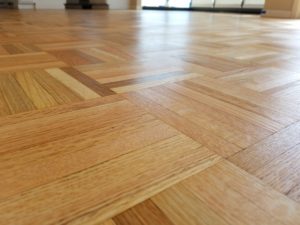 If you are a professional hardwood flooring contractor like me, installing wood floors becomes a second nature. From the preparation to the final product – it is a careful step by step process. Done right, it can yield a floor that can last more than a 100 years. It sounds so easy just reading about floor installation or watching a video on YouTube. So why are there so many problems in reality? Because installing a wood floor is not that easy. Every day home owners pay a good amount of money for so called professionals to install their floors, only to have a problem floor shortly after.
If you are a professional hardwood flooring contractor like me, installing wood floors becomes a second nature. From the preparation to the final product – it is a careful step by step process. Done right, it can yield a floor that can last more than a 100 years. It sounds so easy just reading about floor installation or watching a video on YouTube. So why are there so many problems in reality? Because installing a wood floor is not that easy. Every day home owners pay a good amount of money for so called professionals to install their floors, only to have a problem floor shortly after.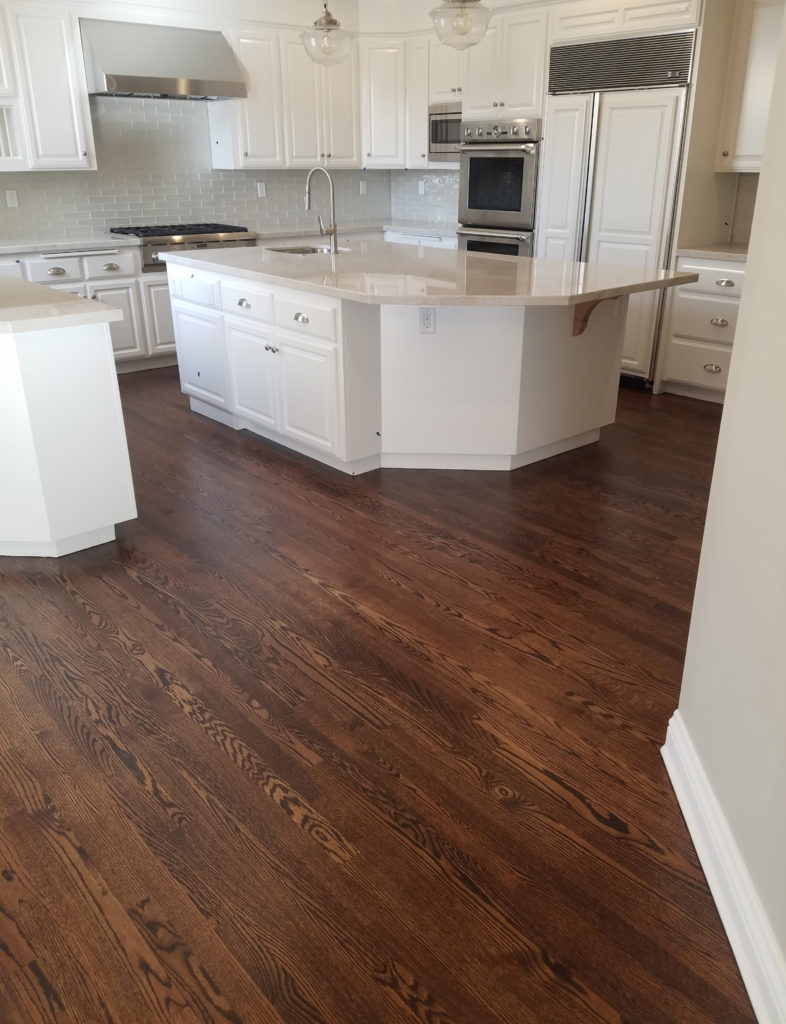 At Avi’s Hardwood Floors we use several ways to control the cleanliness of your home while we sand and finish your wood floors.
At Avi’s Hardwood Floors we use several ways to control the cleanliness of your home while we sand and finish your wood floors.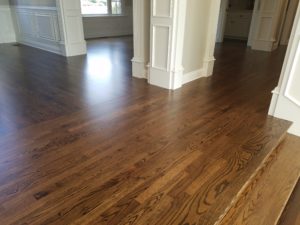 Wood dust is not something our bodies can process. Wood dust is one of the more common causes of health problems especially lung related conditions.
Wood dust is not something our bodies can process. Wood dust is one of the more common causes of health problems especially lung related conditions.